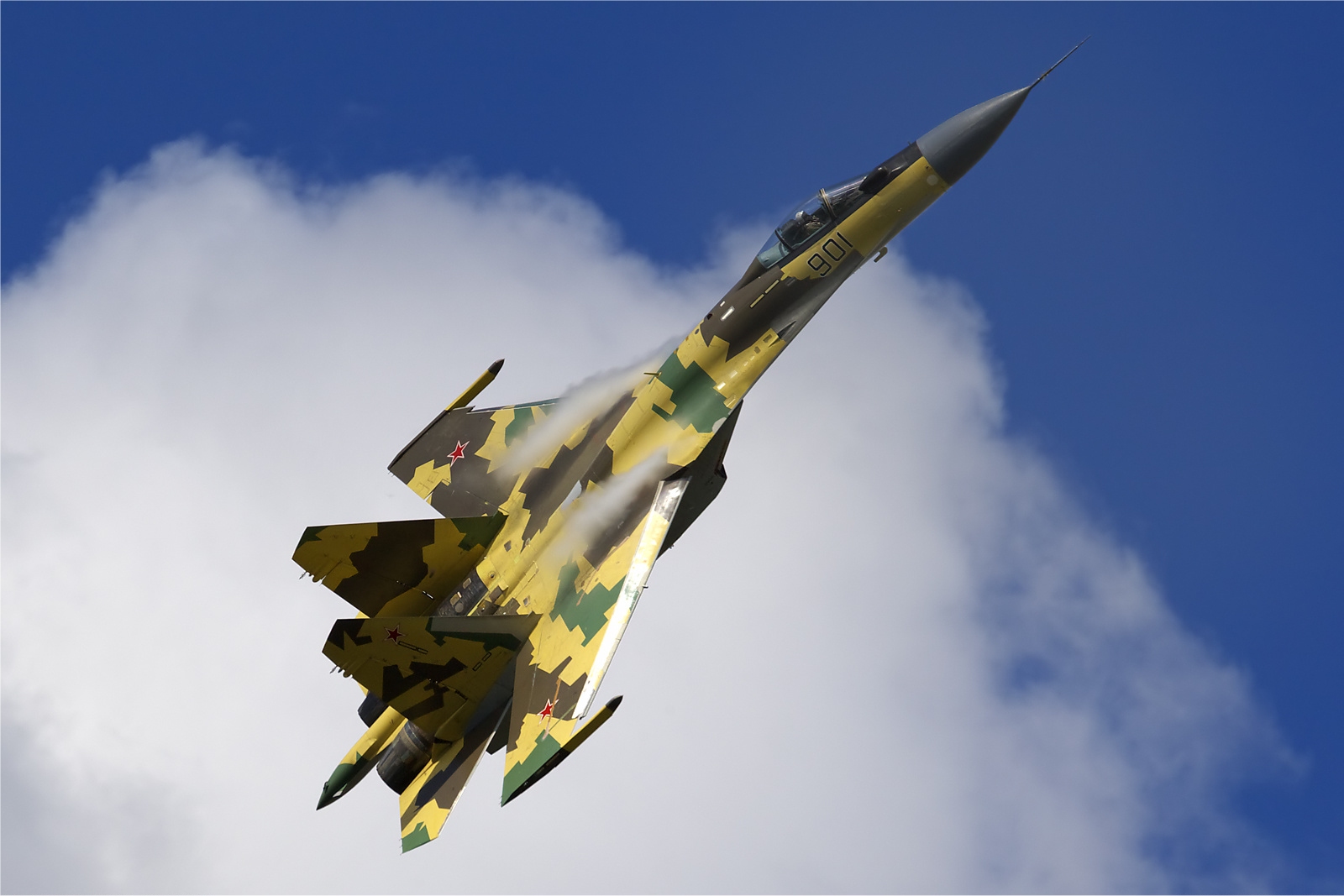The US’ $32 billion in approved defence sales to its allies in the Indo-Pacific region, in July, makes it the second-highest grossing month ever for Washington. Out of the gross amount, sale of 105 units of the F-35 Joint Strike Fighter aircraft worth $23.1 billion to Japan makes the bulk of it.
Russian S-400 Missiles, SU-35 Jets Could Jeopardize US-India Defence Ties – Military Analysts
“Just last month, this was our second-highest-yielding month in defence trade for the history of the Department of State,” said Clarke Cooper, the department’s assistant secretary for political-military affairs, in a video briefing.
Apart from Japan, the US’ aggressive offerings include eight Osprey aircraft and related equipment to Indonesia for $2 billion; a $620 million upgrade package for Patriot Advanced Capability-3, or PAC-3, missiles to Taiwan; $250 million in support and upgrades to South Korea’s Peace Krypton reconnaissance aircraft; and AH-64E Apache and AH1-Z Viper attack helicopters as well as scout, assault, and light support boats to the Philippines for around $2 billion.
Kashmir will get more affected than Tibet in India, China clash – British Author
With deepening security concerns in the South China Sea, Beijing has been muscle-flexing around Japan’s main islands, Okinawa, Taiwan, the northern Philippines and around the Malay Peninsula.
“Deepening security cooperation with ‘like-minded partners’ is of paramount importance, and arms sales of this nature would support countries residing in the First Island Chain to improve their anti-access and area denial (A2/AD) capabilities to resist Chinese military coercion,” said Derek Grossman, a senior defence analyst at the California-based RAND Corporation.
No Buyers For Rafale Jets: Why Almost Every Country Dumped French Rafales Except India?
“By improving the A2/AD capabilities of countries within the First Island Chain, Beijing will hopefully think twice about flexing naval, coast guard, and maritime militia muscle out of concern that a miscalculation could escalate into armed combat that could bring in the U.S. — especially in the case of US treaty allies like the Philippines,” he added.
India-US Defence Relations
Cooper also talked about Washington’s “expanding” relationship with India. However, India’s defence equipment, currently in service, is majorly Russian origin with a whopping 90% for the Army, 41% for the Navy and two-thirds of the Indian Air Force’s (IAF), according to a Stimson Center working paper by Sameer Lalwani.
U.S. Marines Conduct Rapid-Deployment Humanitarian Assistance Drills In Japan
“India’s share of Russian systems has grown, not decreased, because of Indian Army acquisitions. While India’s naval and air forces are decreasing their quantitative reliance on Russian arms, their most advanced or offensive capabilities still originate from Russia,” wrote Lalwani.
Diving a little deeper, it is evident that Navy’s only active aircraft carrier INS Vikramaditya and its only nuclear attack submarine in service, Chakra II, are from Russia.
The Army’s T-90 and T-72 battle tanks along with IAF’s Su30 MKI fighter, manufactured by HAL in Nashik are also Russian origin. India’s only nuclear supersonic cruise missile, BrahMos is produced by a joint venture between India and Russia. Meanwhile, the US’ share is much less significant with Apache and Chinook helicopters, supplied by the US which are now deployed in Ladakh.
How Are US & Russia Arming Their Soldiers With ‘Iron-Man’ Style Body Suits?
The M777 howitzer guns for the Army and Boeing C-17 and C-130J which provides airlift capacity to the IAF along with the Navy’s proposition to get four more P8I submarine hunter aircraft, are all turned in US’s favour.
Cooper hopes to change this. The gaps in India’s military equipment were exposed when last year in an air force dogfight with Pakistan, after the Pulwama terror attack, that killed 40 Central Reserve Police Force personnel, resulted in one of its Soviet-era MiG-21s getting shot down by a U.S.-supplied Pakistani F-16.

Even though Washington is keen on getting New Delhi’s business, it has drawn a line on certain procurements from Moscow. “We recognize the historic legacy sustainment line that New Delhi had with Moscow and that … it’s not a light switch to turn on or off,” he said.
But in terms of modernization interoperability with American hardware, when cited two examples of “problematic” Russian equipment when asked to draw a red line: “Something like the S-400 [air defence system] would be a challenge. Something like the Sukhoi Su-35 [fighter] would be a challenge.”
With a common adversary China, in the picture Indo-US cooperation is expected to see a further boost along with the Indo-Pacific cooperation.




